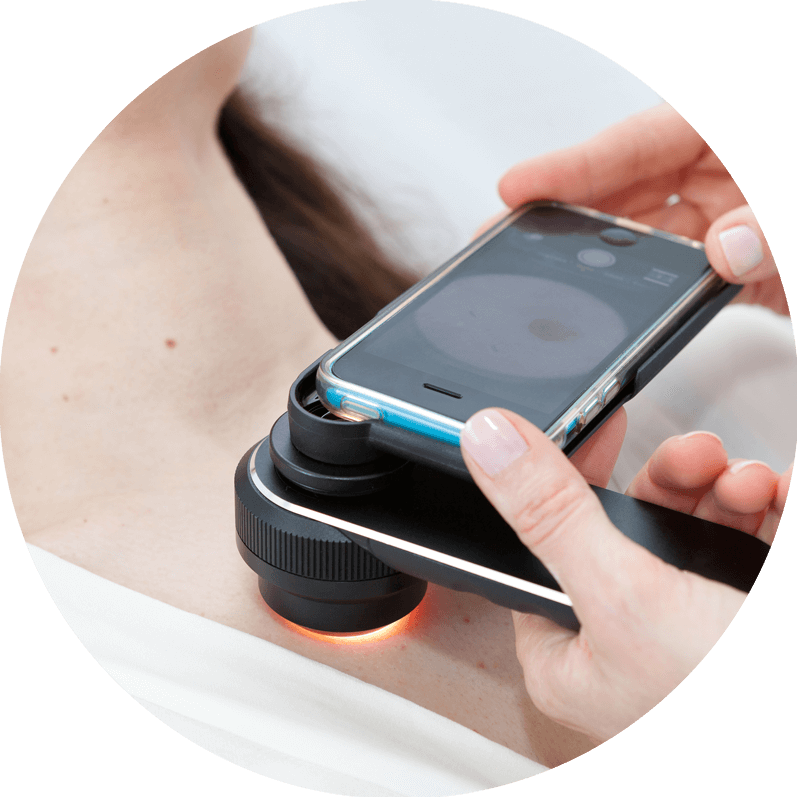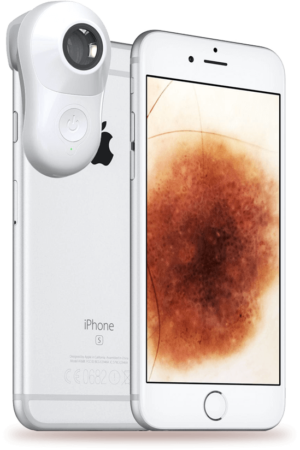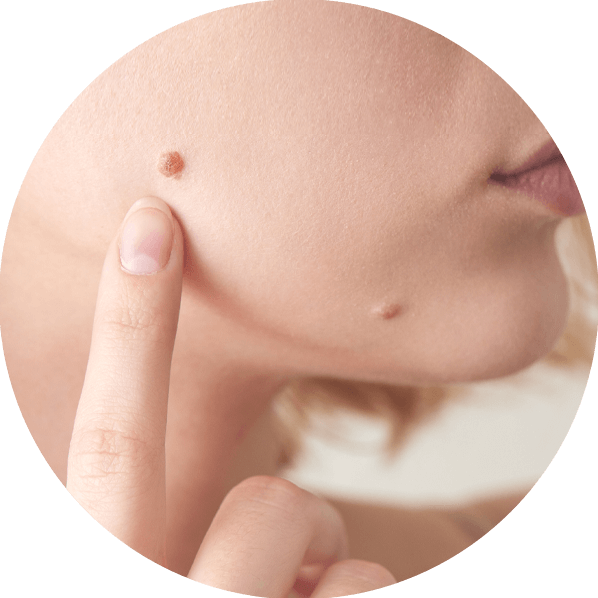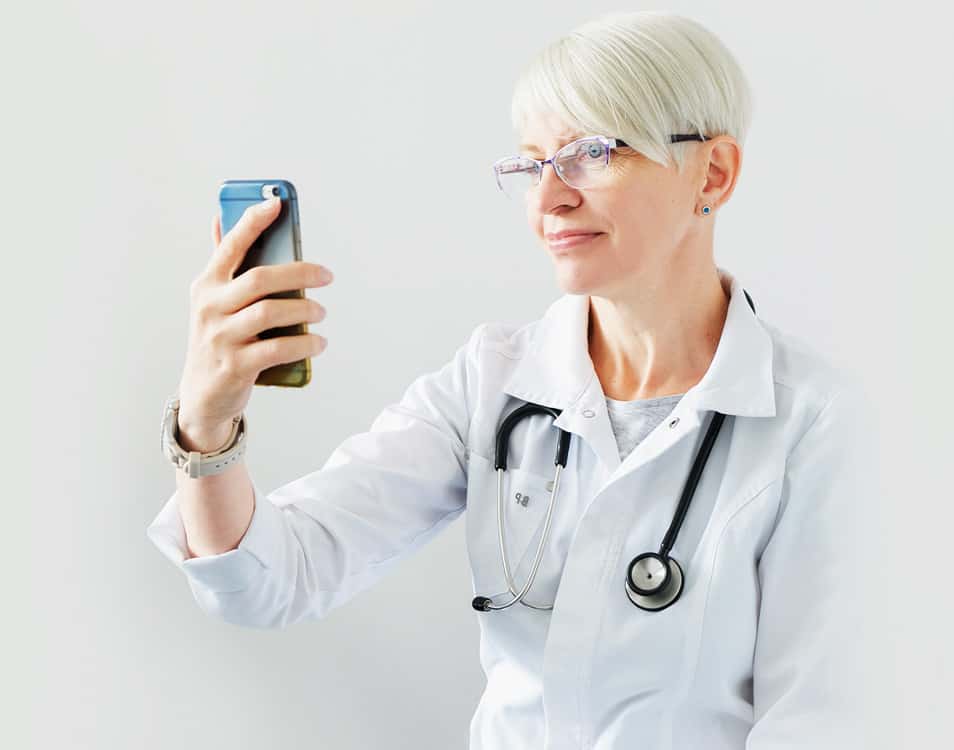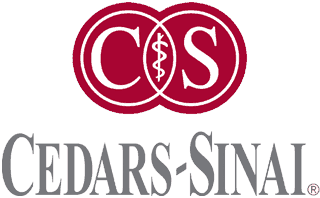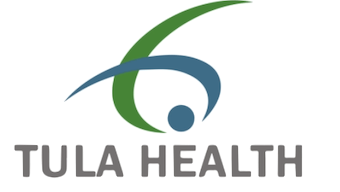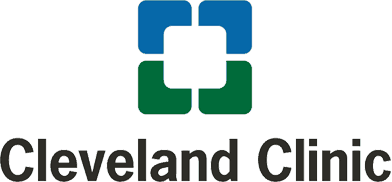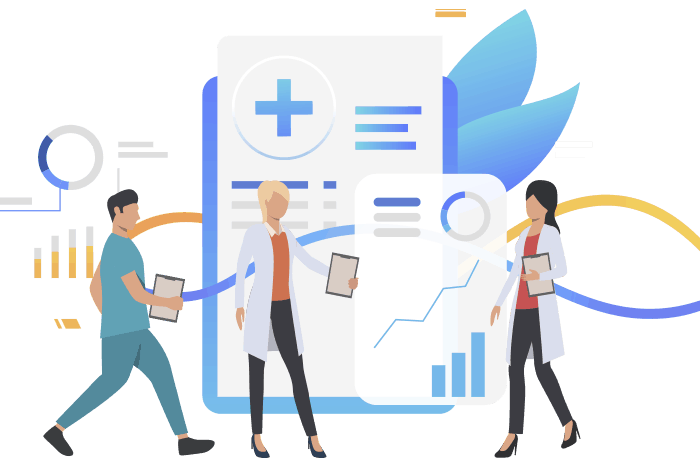Teledermatology, a concept that has been around for over 20 years, is currently experiencing a renaissance. Like many specialists, dermatologists are concentrated in metropolitan areas, making it difficult for patients outside of these areas to see them. Also, primary care providers in more rural areas often lack an easy way to get a second opinion from a skin specialist when treating one of their local patients. In addition to that, the COVID-19 pandemic has further increased the need for remote patient care and remote monitoring of patients’ skin condition, now and in the future.
At Topflight, we focus on teledermatology app development to fill that need. Remote dermatology presents an exciting opportunity at the intersection of mobile apps, artificial intelligence (AI), and cloud computing. Recently, we built an engaging dermatology app that inspires customers to better daily skincare routines based on our client’s DNA interpretation service. We also know the ins and outs of developing HIPAA compliant apps in this space. And lastly, we understand the needs of businesses and business leaders developing cutting-edge technology such as telehealth apps.
